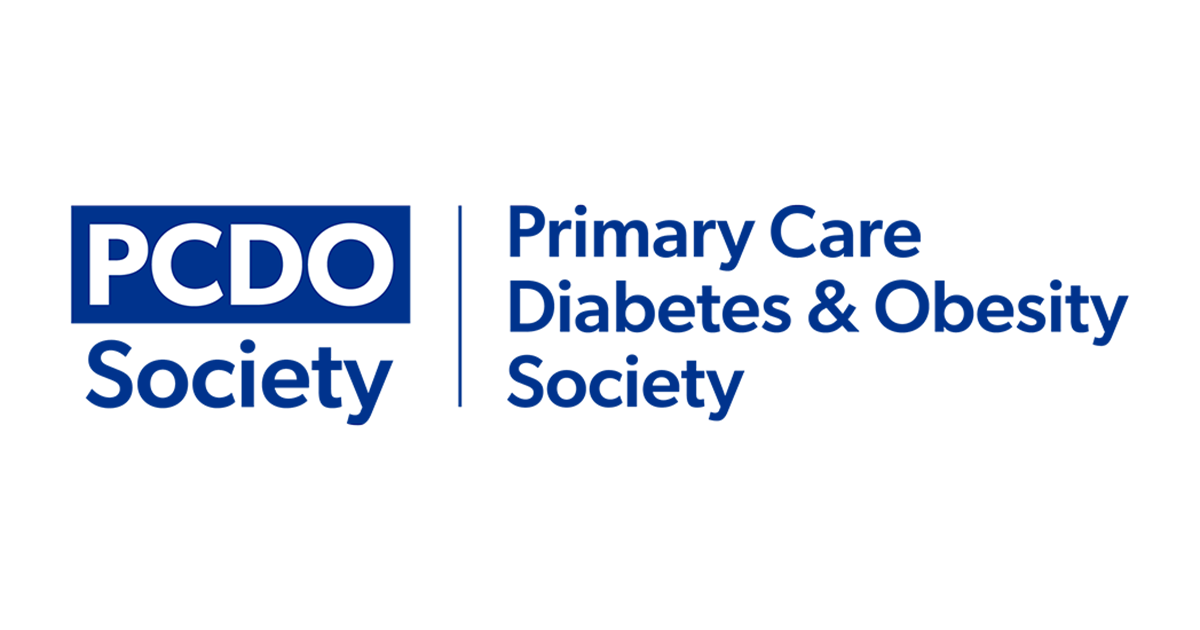NICE PH38 guidance on preventing type 2 diabetes in people at high risk recommends that primary care should consider a two-stage strategy to identify those at risk, comprising a risk assessment tailored to different groups and communities followed by, as necessary, a blood test to confirm risk status or a diagnosis of type 2 diabetes.
Specifically, NICE recommends we encourage the following people to have a risk assessment:
- All eligible adults over 40 years of age, except pregnant women.
- People aged 25–39 years of South Asian, Chinese, African–Caribbean, black African and other high-risk black and minority ethnic groups, except pregnant women.
- Adults with conditions that increase the risk of type 2 diabetes, including obesity, cardiovascular disease, hypertension, stroke, polycystic ovary syndrome, a history of gestational diabetes and mental health problems.
Primary healthcare professionals should use a validated computer-based risk assessment tool such as QDiabetes-2018 to identify people on practice registers who may be at high risk of type 2 diabetes. QDiabetes-2018 calculates an individual’s 10-year risk of developing the condition. What constitutes high risk remains under debate; however, around 10% of the population will have a ≥10% risk of developing type 2 diabetes over the next 10 years (i.e. a QDiabetes-2018 score of ≥10%), which is a useful rule of thumb when prioritising those that need further assessment with a blood test.
Whilst obesity has been established as a key risk factor for type 2 diabetes, there has been considerable international debate over whether the BMI cut-off points for overweight and obesity should be lower for certain ethnic groups. Indeed, the International Diabetes Federation consensus worldwide definition of the metabolic syndrome uses ethnic-specific criteria to define abdominal obesity.
This large (>5500 adult participants), prospective cohort study sought to investigate the association between BMI and the risk of incident type 2 diabetes in individuals over the age of 45 years from different ethnic groups to aid targeted screening of the condition. The authors analysed follow-up data from the Multi-Ethnic Study of Atherosclerosis (MESA) cohort, a well-characterised and extensively investigated Northern American cohort, originally recruited in the year 2000 and still being followed up. Among the study participants, 42% were white, 26% African American, 20% Hispanic and 12% Chinese American. The mean age was 62 years at enrolment.
Over a follow-up of 40 000 person-years, there were 696 new cases of type 2 diabetes identified (12% of the cohort). Crude diabetes incidence rates were 1.1, 2.0, 2.2 and 1.6 cases per 100 person-years among white participants, African Americans, Hispanics and Chinese Americans, respectively. Compared to white individuals, Chinese Americans had more than twice the risk of type 2 diabetes, while African Americans had a 30% higher risk and Hispanics a 60% higher risk, taking into account age, sex and the presence of one or more diabetes risk factors.
With respect to diabetes screening for individuals with at least one risk factor, the authors demonstrated that a 10% risk of developing type 2 diabetes over 10 years occurred at a BMI of 21.7 kg/m2 in Chinese Americans, 23.8 kg/m2 in Hispanics, 24.7 kg/m2 in African Americans and 26.2 kg/m2 in white participants.
The authors went on to estimate BMI thresholds associated with a 10% risk of developing type 2 diabetes in the absence of other diabetes risk factors. They estimated this would be 22.5 kg/m2 in Chinese Americans, 24.7 kg/m2 in Hispanics, 25.6 kg/m2 in African Americans and 27.3 kg/m2 in white individuals.
Limitations of this study included the exclusion of individuals with established cardiovascular disease and the lack of other Asian subgroups, such as Pacific Islanders and South Asians. Furthermore, the authors used fasting glucose and/or diabetes treatment to diagnose type 2 diabetes, which is less sensitive than HbA1c or a 2-hour oral glucose tolerance test, particularly for ethnic minorities.
Nevertheless, this high-quality cohort study adds to the evidence base to support lower ethnic-specific BMI thresholds for the screening of type 2 diabetes. This has important implications for the future screening of type 2 diabetes in primary care.
Click here to read the study in full.




Seeing rising numbers of people with private prescriptions for injectable weight loss drugs, Jane Diggle discusses how to maximise their benefits.
3 Mar 2025